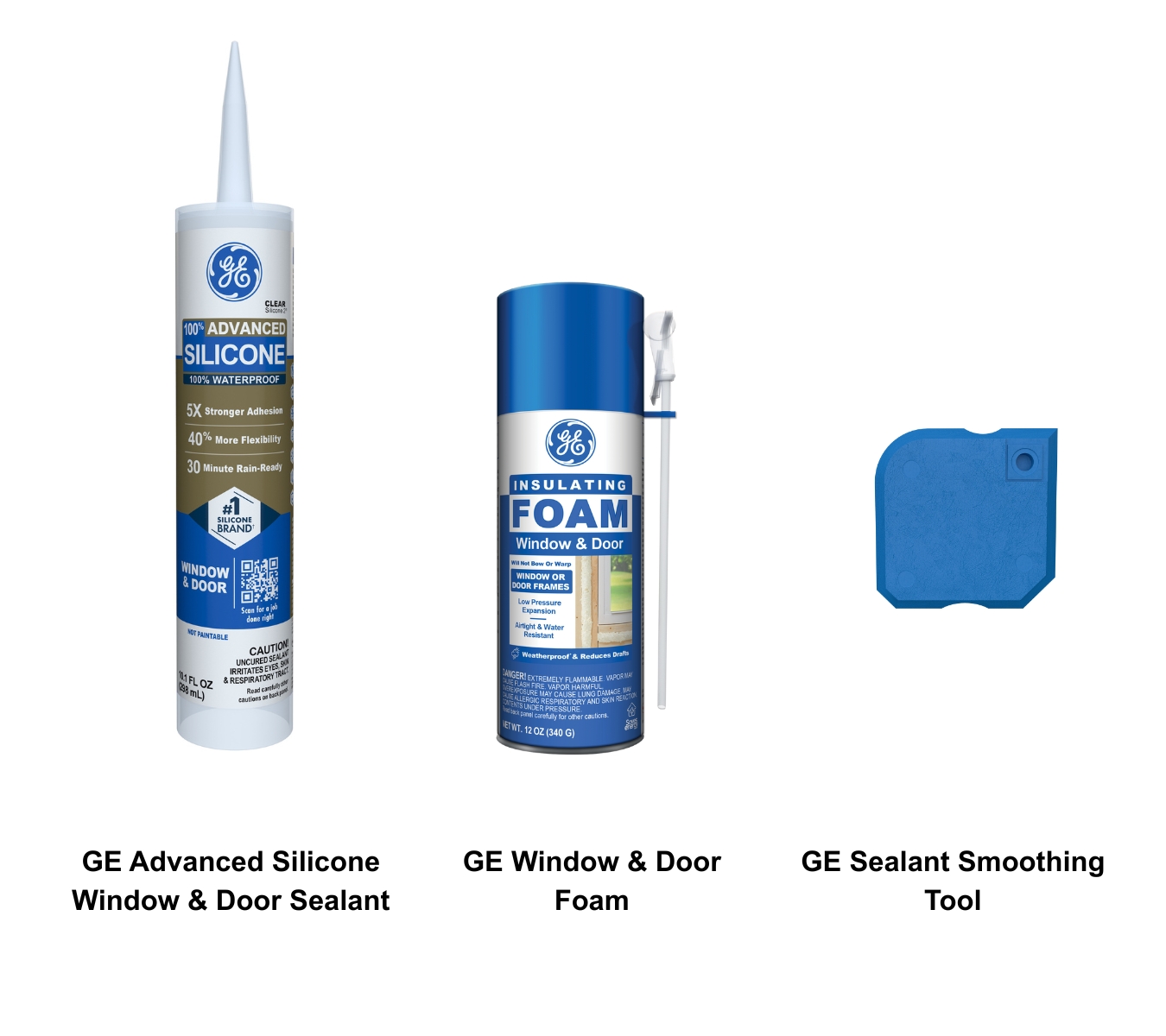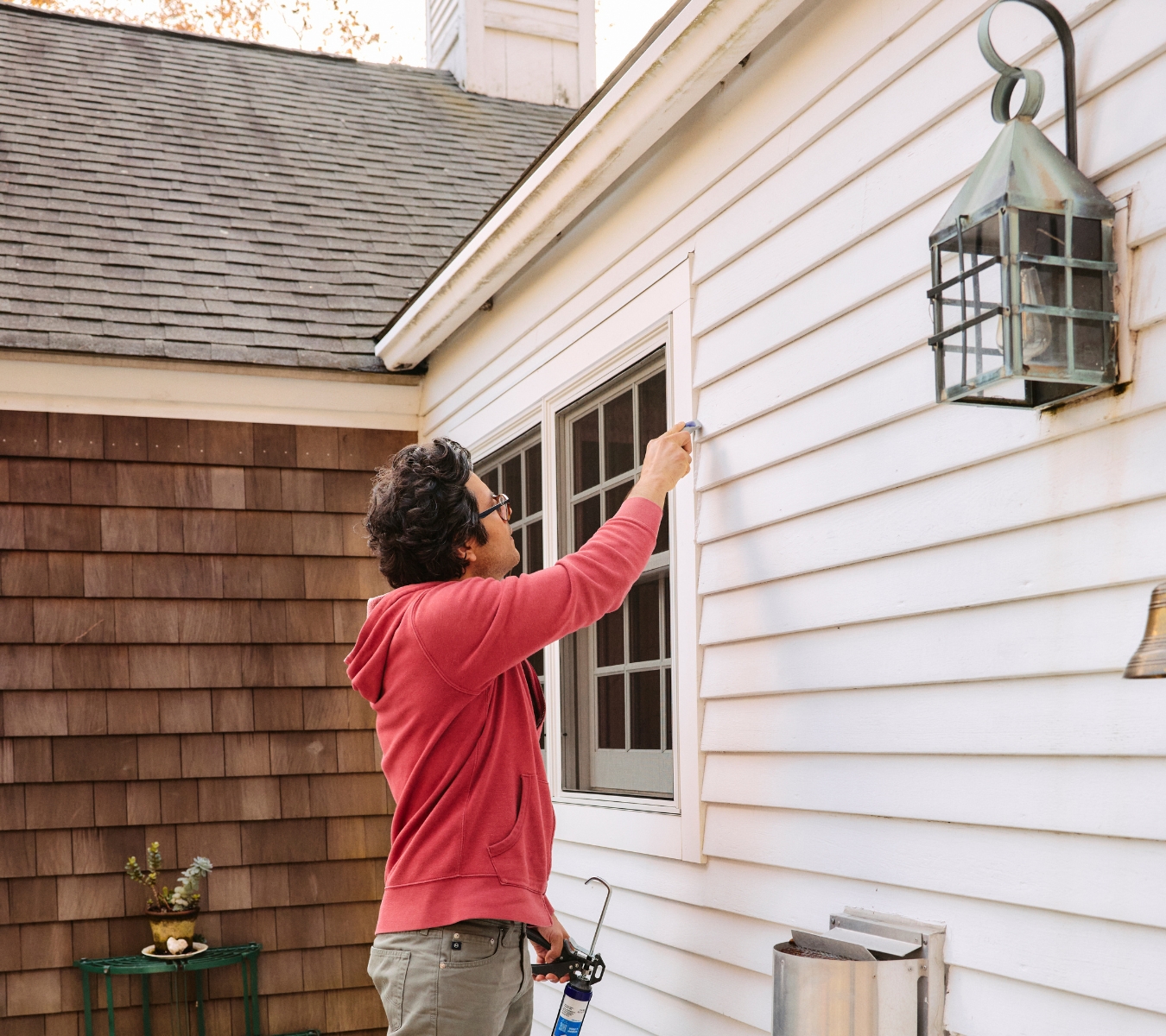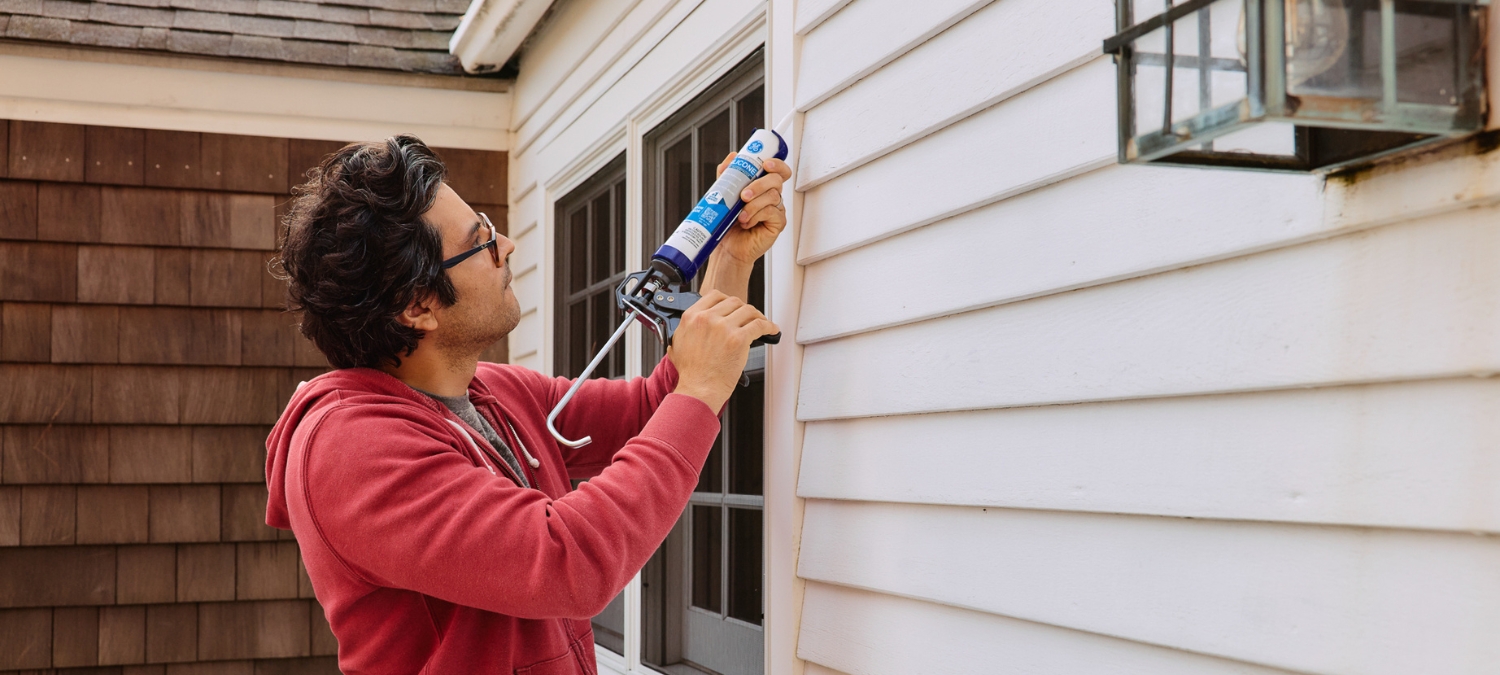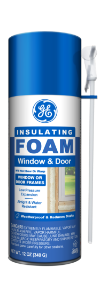Note: This DIY article is provided as a general guide only and is not intended to take the place of product-specific installation procedures; always follow applicable manufacturers’ instructions. Depending on your home’s age and condition, location within the home, and other potential factors, repairs and/or upgrades or other services may be necessary prior to the beginning and/or completion of your project that may involve the services of a home improvement professional. This article does not include advice pertaining to local building codes and/or any related inspections.
If you’ve ever wondered how to insulate windows without turning your home into a plastic-wrapped science experiment, you’re in the right place. Windows play a big role in keeping your space comfortable through winter chills, spring breezes, summer heat, and fall drafts. With a few smart upgrades and seasonal tricks, you can help your home stay energy efficient all year long.
Even small gaps around window frames can shift your indoor temperature and make your HVAC system work harder. Learning how to insulate your windows properly will earn you steadier indoor temperatures, better energy efficiency, and fewer surprises when the weather swings from one extreme to the next.
Why window insulation matters through all four seasons
Windows do a lot more than let in light. They control:
- How much heat escapes in winter
- How much outdoor warmth creeps in during summer
- How comfortable your home feels during the milder months in between
Even small gaps around window frames can shift your indoor temperature and make your HVAC system work harder. Seasonal weather changes also cause window materials to expand and contract, opening up pockets for drafts. Learning how to insulate your windows properly will earn you steadier indoor temperatures, better energy efficiency, and fewer surprises when the weather swings from one extreme to the next.
Staying warm in winter: weather-stripping, caulk, foam, and insulating film

When temperatures drop, even well-built windows can let cold air slip in around the edges. One of the most effective ways to stay warm is to start with the basics: use weather stripping along the sash to block small drafts and a fresh bead of Advanced Silicone Window & Door Sealant along any visible gaps.
These simple steps form the foundation of how to insulate windows for winter. For larger openings or uneven framing, expanding foam like Window & Door Foam can fill deeper voids that sealant alone cannot reach. You can also add insulating film to the interior surface of the window. This clear plastic layer creates a barrier that reduces heat loss without blocking natural light. Together, these methods strengthen your window’s defenses against winter air and help maintain a more consistent indoor temperature.
Letting in spring sunshine: remove heavy insulation and add screens
Once winter passes, it is time to peel back some of those cold-weather layers. Remove heavy insulating film or temporary panels so your windows can welcome natural light and fresh air again. Spring is also the perfect time to clean tracks, check moving parts, and reinstall window screens so you can ventilate your home without inviting in bugs. If any sealant looks worn after winter, do touchups with GE’s Sealant Smoothing Tool or a putty knife to prevent small gaps from forming later in the year. With a little maintenance, your windows transition smoothly from keeping heat in to helping your home breathe.
Keeping cool in the summer: reflective film, exterior shades, seal air leaks
Summer heat can turn windows into hotspots, making it the season to focus on keeping excess sunlight and warmth out. Adding reflective window film helps bounce solar heat away before it enters your home, which makes a noticeable difference on south- and west-facing windows. Exterior shading options like awnings, shutters, or even well-placed outdoor curtains can further reduce heat gain, helping maintain energy-efficient windows without major renovations.

It is also a good idea to seal any air leaks that developed during spring, since even small gaps can let warm outdoor air drift inside. A quick inspection around the frame will reveal places where sealant or weather-stripping needs refreshing. You can remove failing sealant with GE’s Sealant Remover Tool. With a combination of reflective film, effective shading, and basic sealing maintenance, you can keep your windows cooler and your home more comfortable throughout the summer heat.
Enjoying fall colors: inspect seals and install removable insulated panels
Fall is the ideal in-between season to give your windows a quick checkup before temperatures drop again. Inspect the seals around each frame and look for cracks, gaps, or failing sealant that may have loosened during the summer heat. Refreshing these areas now prevents drafts from settling in once colder weather arrives. If you want an extra layer of comfort, removable insulated panels are a great seasonal option. They fit snugly against the interior frame, helping retain warmth without permanently altering your windows.
Additional tips: the best ways to insulate your windows year-round
If you want to take your window insulation efforts a step further, a few extra tasks can help keep your home comfortable no matter what season it is. Start with simple additions like draft stoppers along the bottom edge of windows. They are inexpensive, easy to move from room to room, and surprisingly effective at blocking small currents of air that sealing alone might miss.
If you are thinking bigger, upgrading to energy-efficient windows is one of the most impactful long-term improvements you can make. Modern double- or triple-pane designs with low-E coatings and gas fills help stabilize indoor temperatures in every season. It is a significant investment, but in some cases may qualify homeowners for tax rebates through the Energy Efficient Home Improvement Credit. In either case, your investment will certainly pay you back in comfort and lower utility bills year after year.
For a natural approach, landscaping can do more than make your yard look nice. Planting trees or tall shrubs on the sunniest sides of your home provides built-in shade during the summer, reducing heat gain before it reaches the glass. Come winter, bare branches allow more light through, giving you a bit of passive warmth. These small, thoughtful choices support everything you’re already doing to insulate windows and keep your home feeling just right all four seasons.
To get GE Sealants’ products for your home improvement project, visit these fine retailers in the U.S. or Canada.




